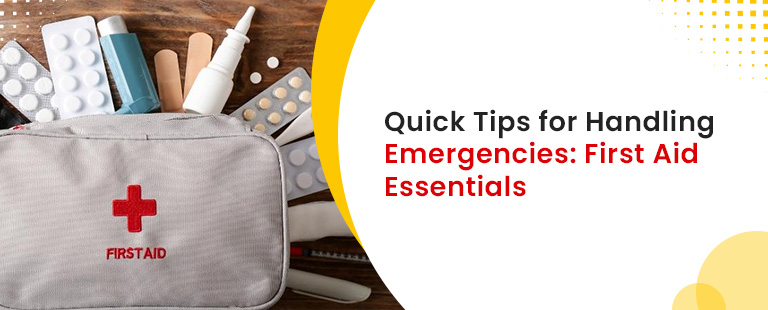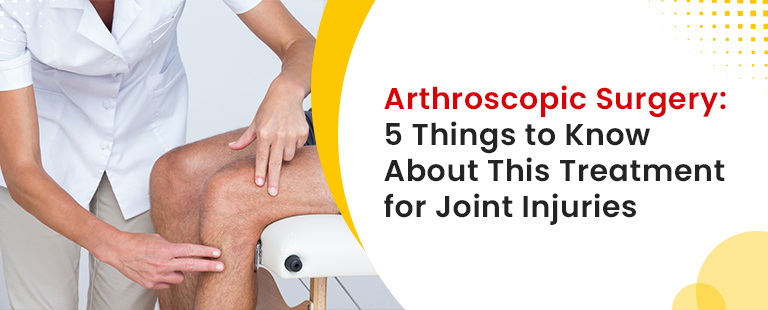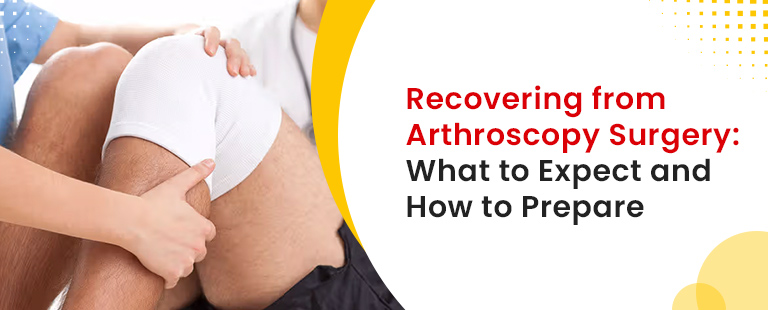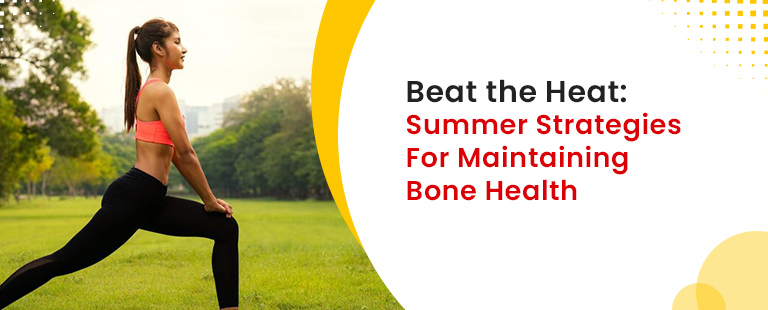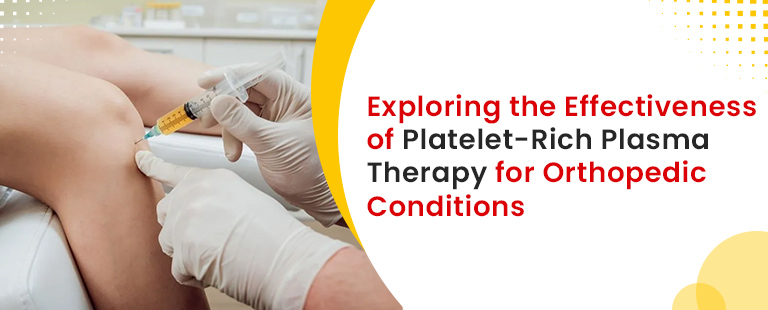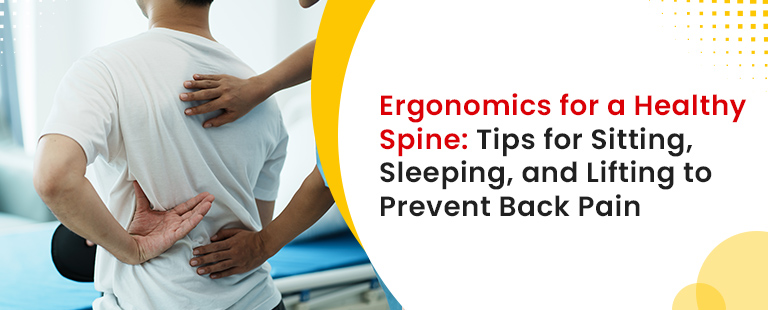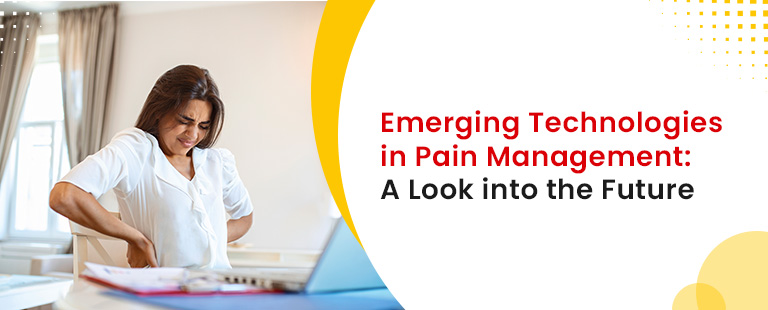Introduction
A medical emergency can catch you off-guard and knowing the right first aid techniques at that critical time can help in making a huge difference. Keeping at least one well-stocked first-aid kit at your home and in your care can help you deal with all types of common injuries and emergencies.
In this article, we will be discussing the various first aid essentials you should have and discuss some quick tips to help you handle emergencies.
What Should I Have in My First Aid Kit?
A well-stocked first aid kit should have all the essential things to treat minor injuries at home or on the go. You can either buy a first aid kit from the chemist’s shop or put it together on your own. The first aid supplies should be kept in a sturdy, clear plastic box that helps you see what is inside and is easily accessible during any injury or emergency.
Your first aid kit should have the following basic supplies:
- Adhesive tape
- Elastic wrap bandages
- Bandages
- Gauze rolls and pads
- Eye shield
- Non-latex gloves
- Duct tape
- Petroleum jelly
- Scissors and tweezers
- Hand sanitizer
- Antibiotic ointment
- Antiseptic solution
- Thermometer
- Sterile saline
- Cold packs
- Surgical mask
The following medications should be present in your basic first aid kit:
- Aloe vera gel
- Calamine lotion
- Antacids
- Laxative
- Cough and cold medicines
- Antibiotic ointment
- Anti-diarrhea medication
- Antihistamine
- Hydrocortisone cream
- Personal medicines that do not need refrigeration
- Pain relievers
- Aspirin
Additionally, you can also keep emergency contact numbers and medical history forms of all the family members in the first aid kit that may be needed in case of an emergency.
Storage Of the First Aid Kit
Your first aid kit should be easy to find as you do not want to waste time searching for supplies in case of an emergency. The first aid kit should be placed in a high, childproof cabinet that cannot be accessed by kids.
A full-sized first aid kit should be kept at a central spot in the house, such as the kitchen, living area, or washroom. You can put a smaller first aid kit in your purse or car for when you step out of the house.
Checking the First Aid Kit
The items in your first aid kit can run out if you use them often, and the medications can expire if you rarely use them. It is, therefore, important to go through all the supplies in your kit and replace any out-of-date, expired, or used items at least once a year.
Handling Emergencies Using First Aid Tips
If you or your loved one were to face any type of medical emergency, the following first aid tips can help you handle the situation better:
Keep Calm and Ensure Safety
You need to stay calm in case of any accident or emergency. Check for any potential dangers and ensure patient safety.
If a person suddenly feels unwell, make him or her stop any activity he or she may be doing and check for the person’s responsiveness. If the patient is unconscious, proceed to the ABCs of first aid (explained below). Make an immediate call to the doctor or the hospital’s emergency department.
ABCs: Airway, Breathing, Circulation for Unconsciousness
An unconscious person needs immediate action. Check the airway of the person and look for obstructions, tilt the head of the unconscious person backward, and listen for breathing.
If breathing is absent, start CPR (cardiopulmonary resuscitation) using chest compressions and providing rescue breaths (mouth-to-mouth breathing). Continue doing this professional help arrives.
Clean and Cover Scrapes and Cuts
If you or someone with you gets a cut, the wound should first be cleaned using mild soap and water. Gently pat the wound dry and then apply an antibiotic ointment to prevent any infection. The wound should then be covered using a sterile bandage and the bandage should be changed regularly for proper healing.
In case of deep cuts, wounds having embedded objects, or wounds caused due to rusty objects need to be checked by the doctor to prevent any complications.
Cool and Cover the Burns
An accidental burn caused by touching a hot surface needs to be cooled by placing the affected body area immediately under running cold water for a minimum of 10 minutes. Ice application should be avoided, as it could exacerbate the injury. After cooling the burnt area, it is covered using a non-stick bandage.
A doctor needs to be consulted for severe burns, chemical or electrical burns, or burns on the face, genitals, hands, feet, or major joint areas.
R.I.C.E. Method for Sprains and Strains
If the ankle gets twisted during any physical activity, the injured area should be rested, ice needs to be applied for the first forty-eight hours after the injury to reduce swelling, a compression bandage is used to provide support, and the affected limb needs to be elevated to reduce the pain and swelling.
The above method known as the R.I.C.E. method, helps in a rapid recovery.
Heimlich Maneuver for choking
If someone is choking on food, you need to stand behind the person who is choking, then wrap your hands around the person’s waist, create a fist around the navel, and do quick, upward thrusts until the stuck object is expelled out of the mouth. This is known as the Heimlich Maneuver.
If the person loses consciousness, you need to start CPR immediately till help arrives.
Prevent Injury During Seizures
In case of a person having a seizure in front of you, you need to stay calm. Clear the surrounding area to prevent any injury, gently put the affected person sideways to help with breathing, and cushion the person’s head.
Do not try to restrain their movements and call for medical help if the seizure persists.
Seek Emergency Care for Heart Attack Symptoms
If someone suddenly experiences symptoms like chest pain, shortness of breath, fatigue, profuse sweating, or pain that radiates to the arms, shoulder, or back, you should immediately call the nearest hospital as it could indicate a heart attack.
You can help the person by sitting down and reassuring the person. If prescribed by the doctor, you can assist the person in taking the recommended medication while waiting for professional help.
Cool Down for Heat Stroke
If someone shows symptoms of heatstroke, move the person to a cooler environment, loosen the person’s clothing, and cool the person down gradually using a damp cloth. Help the person stay hydrated by providing small sips of cool water.
Immediate Help for Poisoning
For an accidental or intentional case of poisoning, you should immediately contact a qualified doctor and provide detailed information about the ingested substance and the patient’s symptoms. You should follow the doctor’s guidance till professional help arrives.
Conclusion
Having a first aid kit handy and knowing what to do in emergencies can be life-saving. Staying updated about basic medical emergency cases and staying calm during such situations is the key to staying safe.
Always seek the help of a qualified doctor after any kind of injury or medical emergency even if you have provided first aid to bring the situation under control.


